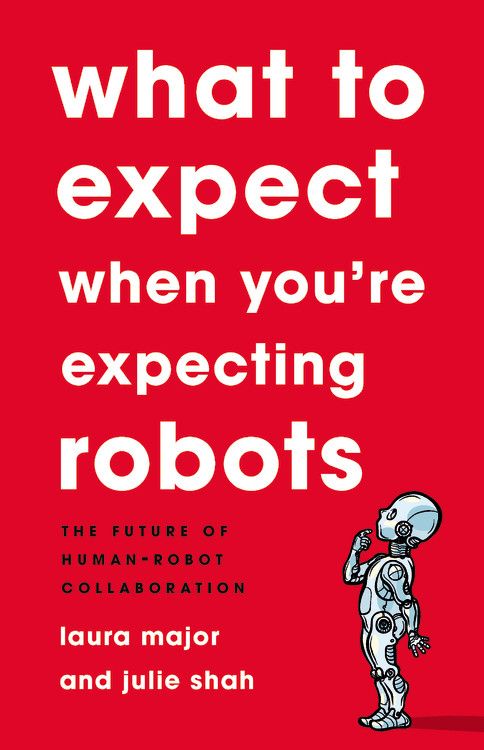
Next-Gen Robotics: What We Can Expect
- 0
In recent years, we have witnessed significant advancements in the field of robotics. From industrial robots that revolutionized manufacturing processes to autonomous drones that are changing the way we approach tasks such as agriculture and surveillance, the potential of robotics seems boundless. With the rapid pace of technological innovation, it is crucial to explore what lies ahead in the world of next-generation robotics.
Artificial Intelligence Integration
One of the most exciting prospects for next-generation robotics is the integration of artificial intelligence (AI). AI algorithms can enable robots to learn from their environment, make decisions, and adapt to changing circumstances autonomously. This means that robots will be able to perform complex tasks with greater efficiency and accuracy than ever before.
Sensor Technology Advancements
The development of advanced sensor technology is another key aspect of next-generation robotics. Sensors that can accurately detect and interpret information from the environment will enable robots to navigate more effectively, interact with objects more intuitively, and perform tasks with greater precision. From cameras and LiDAR sensors to infrared and tactile sensors, the possibilities are endless.
Enhanced Mobility and Dexterity
Next-generation robots are likely to be more mobile and dexterous than their predecessors. With advancements in locomotion mechanisms such as wheels, legs, and even soft robotics, robots will be able to navigate a variety of terrains and environments with ease. Additionally, improvements in manipulators and grippers will enable robots to handle delicate and complex tasks with the same finesse as a human.
Collaborative Robots
Collaborative robots, also known as cobots, are set to play a significant role in the future of robotics. These robots are designed to work alongside humans in a shared workspace, enhancing productivity and efficiency. With built-in safety features and the ability to collaborate on tasks that require both human intuition and robotic precision, cobots are expected to revolutionize various industries, including healthcare, manufacturing, and logistics.
Personal Robotics
Another emerging trend in next-generation robotics is the rise of personal robots. These robots are designed to assist individuals in their daily lives, performing tasks such as cleaning, cooking, and even providing companionship. As advancements in AI, sensor technology, and mobility continue to progress, personal robots are expected to become more integrated into our homes and workplaces, offering convenience and support like never before.
In conclusion, the future of robotics is filled with endless possibilities. From AI integration and sensor technology advancements to enhanced mobility and collaborative robots, next-generation robotics are set to transform the way we live and work. As we continue to push the boundaries of innovation, it is exciting to envision a world where robots are not just tools but companions and collaborators in our daily lives. The future of robotics is bright, and we can expect to see even more remarkable developments in the years to come.

